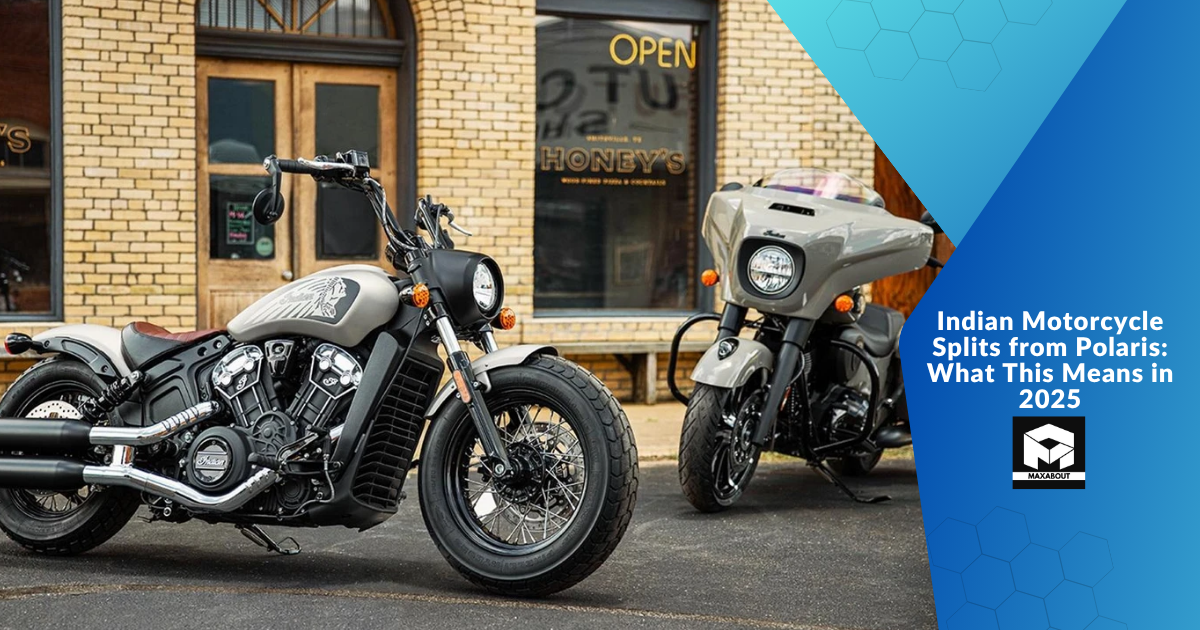Introduction
The motorcycle industry was buzzing with significant news recently when Polaris Industries announced plans to spin off Indian Motorcycle as an independent entity. As someone who closely follows the motorcycle industry, I find this development particularly fascinating given Indian's storied history and recent renaissance under Polaris ownership. This strategic move could dramatically reshape the trajectory of this iconic American motorcycle brand.
Since acquiring Indian Motorcycle in 2011, Polaris has successfully revitalized the brand, expanding its lineup and challenging Harley-Davidson in the premium American cruiser segment. Now, this new chapter of independence raises important questions about Indian's future direction, competitive position, and ability to thrive as a standalone company.
The History of Indian Motorcycle Under Polaris
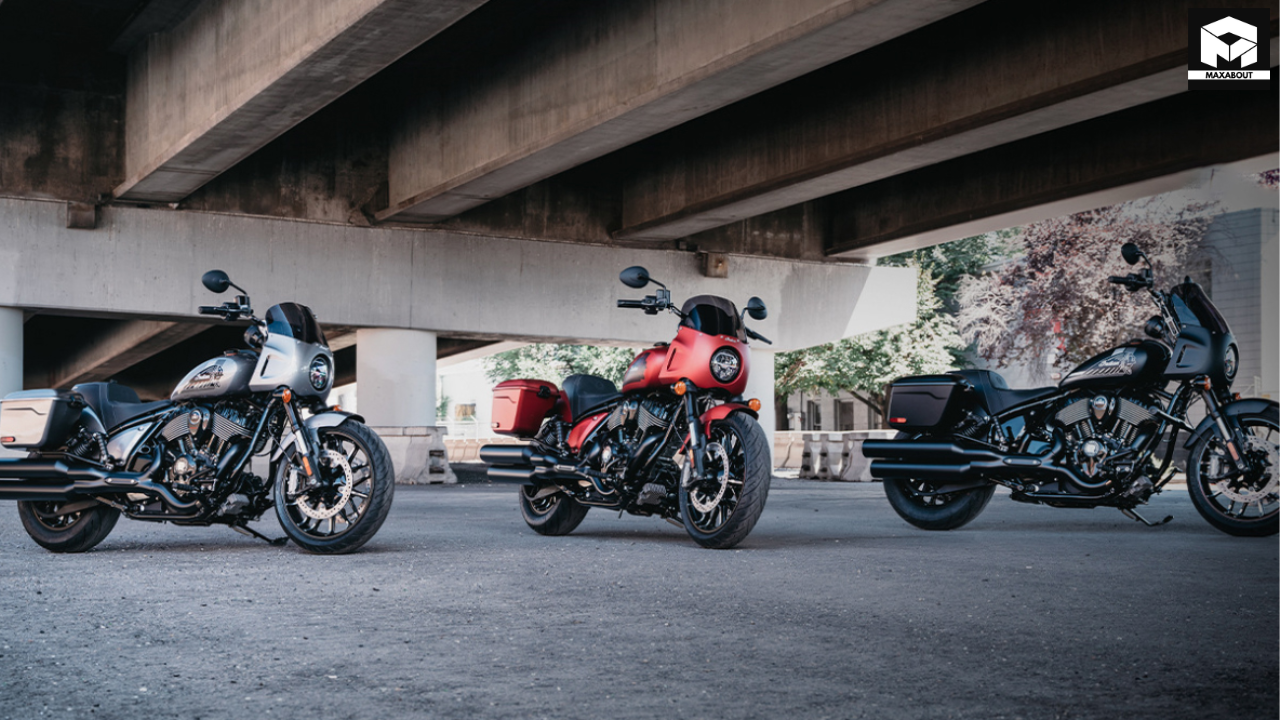
Before examining the implications of this split, it's worth looking back at Indian Motorcycle's journey under Polaris ownership. When Polaris acquired Indian in 2011, the brand had already experienced multiple failed revival attempts by various owners after its original 1953 bankruptcy.
Under Polaris stewardship, Indian experienced what most industry observers consider a remarkable turnaround. The company launched an entirely new lineup starting with the Chief, Chieftain, and Vintage models in 2014, all powered by the acclaimed Thunder Stroke 111 engine. This was followed by:
- Introduction of the Scout platform in 2015
- FTR 1200 sport naked bike in 2019
- Challenger bagger with the PowerPlus engine in 2020
- Pursuit touring model in 2022
According to industry reports, Indian has steadily gained market share in the heavyweight motorcycle segment, establishing itself as a legitimate competitor to Harley-Davidson despite having a smaller dealer network. Based on publicly available information, Indian has maintained consistent growth while the broader motorcycle market has faced challenges.
Reasons Behind the Spin-Off Decision
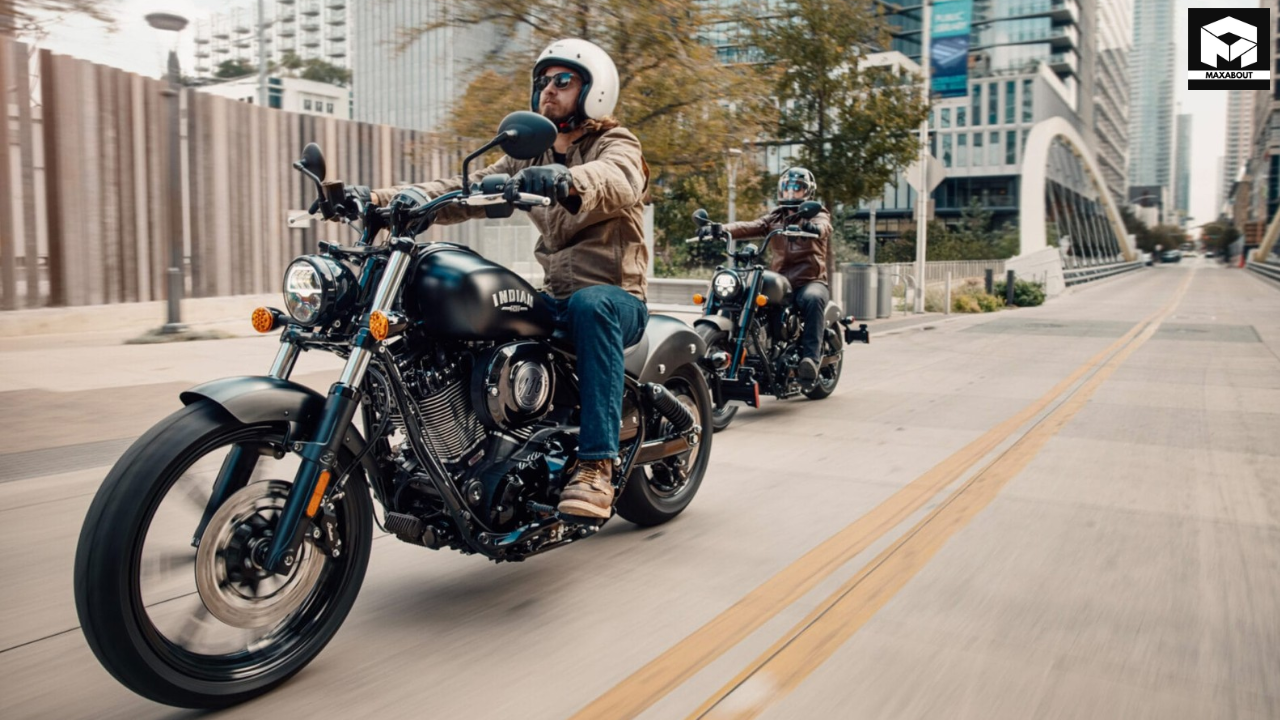
Polaris hasn't provided exhaustive details about its reasoning, but based on official statements and industry analysis, several factors likely contributed to this strategic shift:
Financial Performance and Focus
Polaris has a diverse portfolio including off-road vehicles, snowmobiles, boats, and commercial vehicles. According to industry analysts, the company may believe Indian can perform better with dedicated management and resources rather than competing internally for investment within Polaris' broader portfolio.
Financial reports suggest that while Indian has been growing, Polaris' other segments like off-road vehicles represent a larger portion of overall revenue. This separation could allow each business to focus on its distinct market challenges.
Market Differentiation
The motorcycle industry faces unique challenges compared to Polaris' other powersport segments. As motorcycle manufacturers navigate electric transition, changing demographics, and global competition, an independent Indian might be better positioned to make motorcycle-specific strategic decisions.
Investment and Growth Opportunities
As a standalone entity, Indian Motorcycle might have better access to specific capital investment focused on motorcycle innovation. Industry experts suggest this could accelerate product development in emerging areas like electric motorcycles, where Indian has shown interest with concepts but has yet to bring production models to market.
From what we can observe in similar corporate spin-offs, independent companies often benefit from increased strategic flexibility and focused investment strategies.
Potential Impacts on Indian Motorcycle
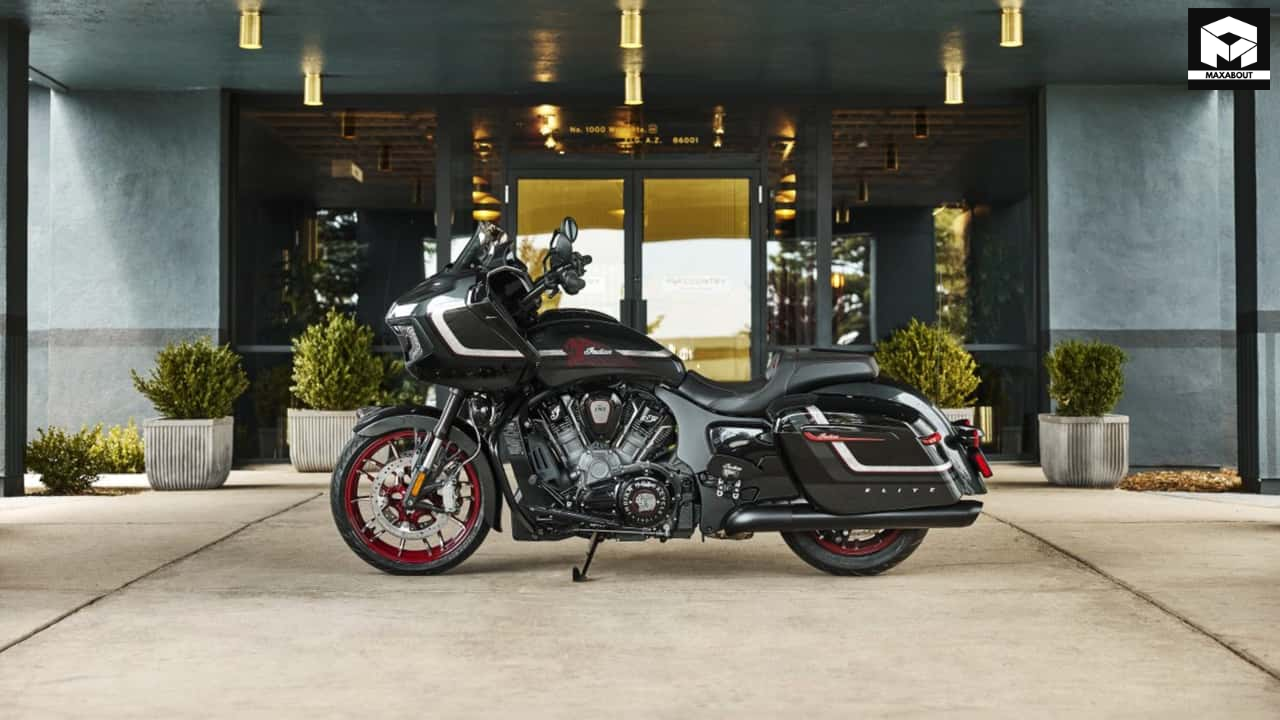
What might independence mean for Indian Motorcycle as a brand and business? Based on industry patterns and official information released thus far:
Product Development and Innovation
Independence could potentially accelerate Indian's product development cycle. Without being part of Polaris' broader product planning process, Indian might be able to respond more quickly to market trends.
Looking at the current lineup, there are several areas where expansion seems logical:
- Further development of the FTR platform into multiple variants
- Entry into new segments like adventure touring
- Acceleration of electric motorcycle development
- Possible lightweight/middleweight models to attract younger riders
Manufacturing and Operations
Currently, Indian motorcycles are produced in Polaris facilities in Spirit Lake, Iowa and Opole, Poland. According to industry reports, production arrangements will likely be among the most complex aspects of the separation. Potential outcomes could include:
- Continued manufacturing in existing Polaris facilities under contract
- Gradual transition to independent facilities
- Strategic partnerships with other manufacturers
Manufacturing decisions will significantly impact Indian's cost structure and, consequently, its competitive positioning in the market.
Dealer Network and Distribution
Indian currently operates through approximately 200 dealers in North America and an international network. The transition will require careful management of these relationships. Independence could potentially enable:
- More focused dealer development programs
- Expanded dealer network in underserved markets
- Enhanced direct-to-consumer digital strategies
Based on patterns seen in other automotive spinoffs, dealer relations during transition periods can be challenging but ultimately beneficial if well-managed.
Competitive Landscape Implications
Indian's independence will inevitably reshape its competitive positioning, particularly against its primary rival, Harley-Davidson.
The Harley-Davidson Rivalry
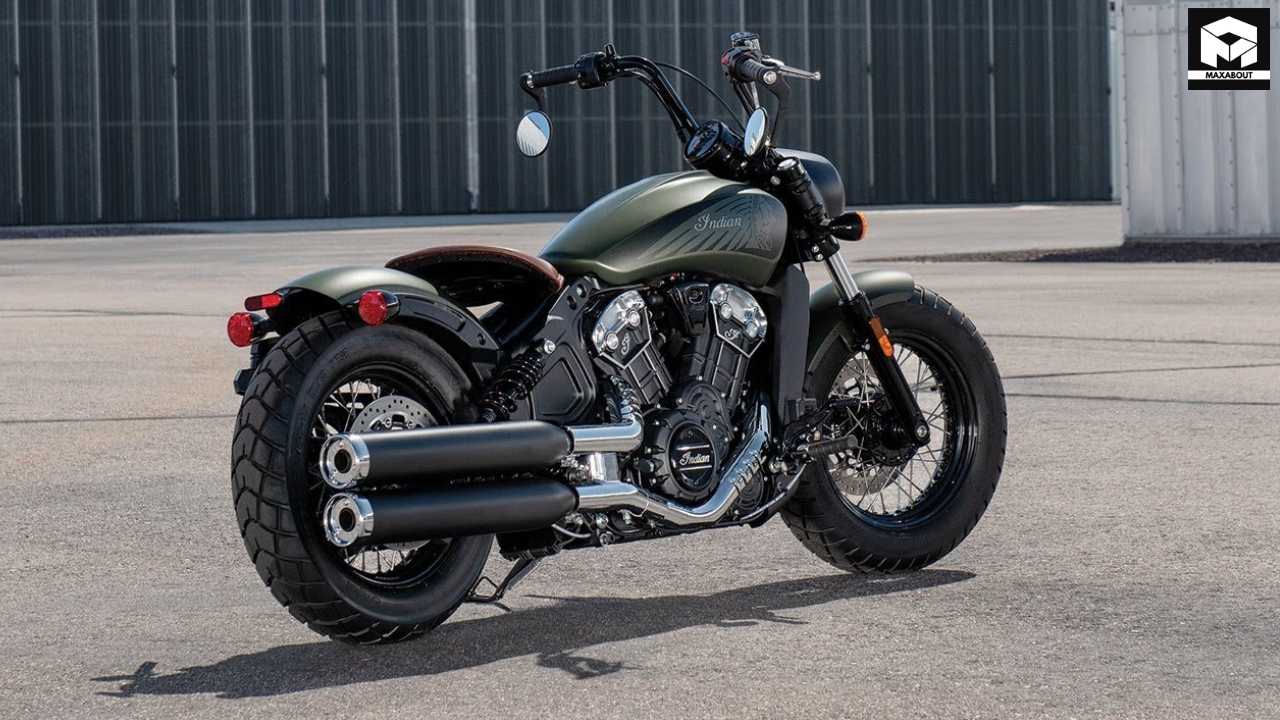
The historic Indian vs. Harley rivalry has been reignited since Indian's revival. Industry reports indicate Indian has captured meaningful market share, particularly in the premium cruiser and bagger segments. As an independent entity, Indian might:
- Further emphasize its heritage and authenticity as America's first motorcycle company
- Target specific Harley segments more aggressively
- Potentially collaborate with other manufacturers on technology
Global Competition
Beyond Harley-Davidson, an independent Indian will face competition from Japanese manufacturers (Honda, Yamaha, Kawasaki) and European premium brands (BMW, Triumph, Ducati). According to market analysis, Indian's positioning as a premium American brand gives it distinctive appeal, but expansion into new segments would bring new competitive challenges.
The global motorcycle market is increasingly competitive, with manufacturers facing pressure to innovate while maintaining profitability. Indian's success will depend significantly on balancing its heritage appeal with forward-looking product development.
Potential Challenges and Opportunities
Like any major corporate restructuring, this spin-off presents both obstacles and possibilities:
Challenges
Several potential hurdles appear likely based on industry patterns and public information:
- Resource constraints: Without Polaris' extensive R&D infrastructure, Indian may need to forge new partnerships or build capabilities
- Economies of scale: Lower production volumes compared to larger manufacturers could impact manufacturing costs
- Electric transition: Developing electric motorcycles requires significant investment, potentially challenging for a standalone company
- Global market presence: Expanding international distribution without Polaris' global infrastructure could prove difficult
Opportunities
Independence could also unlock significant potential:
- Brand focus: Dedicated leadership focused exclusively on motorcycles
- Nimble decision-making: Faster responses to market trends without corporate bureaucracy
- Strategic partnerships: Possibility of collaborations previously unavailable under Polaris
- Investment attraction: Potential to attract motorcycle-specific investors and partners
According to industry analysts, motorcycle brands with strong heritage appeal like Indian often have opportunities to expand into lifestyle products, experiences, and brand extensions that might have been secondary priorities within a larger corporation.
Frequently Asked Questions
When will Indian Motorcycle officially become independent from Polaris?
According to Polaris' announcement, the separation is expected to be completed within 18-24 months, pending regulatory approvals and final corporate decisions. The exact timeline hasn't been confirmed but will likely occur sometime in 2024-2025.
Will Indian Motorcycle products change after the separation?
Based on typical patterns in corporate spin-offs, immediate product changes are unlikely. However, over time, an independent Indian will likely develop its own product strategy that may diverge from what might have occurred under Polaris. Current production models and those already in development will likely proceed as planned.
Will Indian Motorcycle warranties still be honored?
Yes. According to standard practices in corporate separations, existing warranty obligations typically transfer to the new entity. Customers with current Indian motorcycles should expect their warranties to be fully honored.
Will the Indian Motorcycle dealer network change?
Some adjustments to the dealer network may occur over time, but wholesale changes would be unlikely and potentially counterproductive. Dealers are essential assets for motorcycle brands, and maintaining these relationships would be a priority during the transition.
Conclusion
Indian Motorcycle's planned independence from Polaris represents a significant milestone in the brand's storied history. From my perspective as an industry observer, this separation offers intriguing possibilities for one of America's most iconic motorcycle brands to chart its own course.
The success of this venture will likely depend on how effectively Indian balances its heritage appeal with innovation, particularly as the motorcycle industry navigates electrification, changing rider demographics, and global competition. While challenges certainly exist, Indian's strong brand identity and loyal customer base provide a solid foundation.
For motorcycle enthusiasts, this development promises to be fascinating to watch. Will an independent Indian accelerate innovation? Expand into new segments? Perhaps forge unexpected partnerships? The answers will unfold in the coming years, adding another compelling chapter to the legend of America's first motorcycle company.

